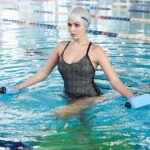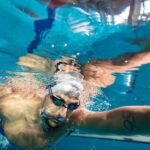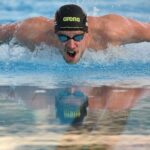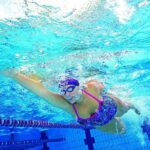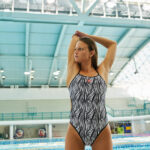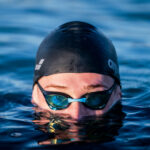Breaststroke: Tips&Tricks
Even though it might seem to an onlooker as if somebody is swimming really well, that does not always translate into a good swim time for that particular stroke.
The breaststroke requires timing and coordination, hydro-dynamism and the proper application of force, even at the expense of stylishness.
Much of the breaststroke takes place underwater (leg kick, catch, pull and recovery) making it hard for an onlooker to really appreciate what is going on.
Although it might look as if somebody is swimming a good (and attractive) breaststroke, you need to focus technically on what cannot really be seen from out of the water.
To make your breaststroke as efficient as possible, you need to keep certain biomechanical and rhythmic intricacies carefully in mind, which are the real key to the breaststroke.
1. Make sure your hands are facing outwards at the beginning of the stroke, so that the back of your hands are almost looking at each other.
2. Make sure your elbows are extremely close together before beginning the recovery phase.
3. Your arms/hands should move in a perfectly synchronised and symmetrical way.
4. Keep your knees close together as you bring your feet up towards your buttocks and only open them again when you make your leg kick.
5. Do not bring your knees too close to your stomach as you prepare for the whipping motion of the leg kick.
6. Rotate your feet outwards before thrusting back your legs.
7. Keep your feet at 90° to your legs throughout the leg kick.
8. Make sure your feet are fully relaxed and extended at the end of the leg kick.
9. Perform the leg recovery phase slowly but kick back powerfully.
10. Perform the leg kick once your head is completely underwater and your arms are extended out in front of you.
11. Do not come too far out of the water with your chest while breathing (it is far too energy-sapping).
12. After breathing in, push downwards with your back not your head and allow your bottom to rise slightly.
13. When you are not breathing, keep your head facing downwards and not frontwards (excessive resistance to forward motion).
You can dispel any doubts you might have by studying nature: if you watch a frog, it performs a perfect leg kick.
—————
Written by:
arena coaches
Swim coaches, trainers and experts will give you all kinds of tips for performing at your best in both training and races.
